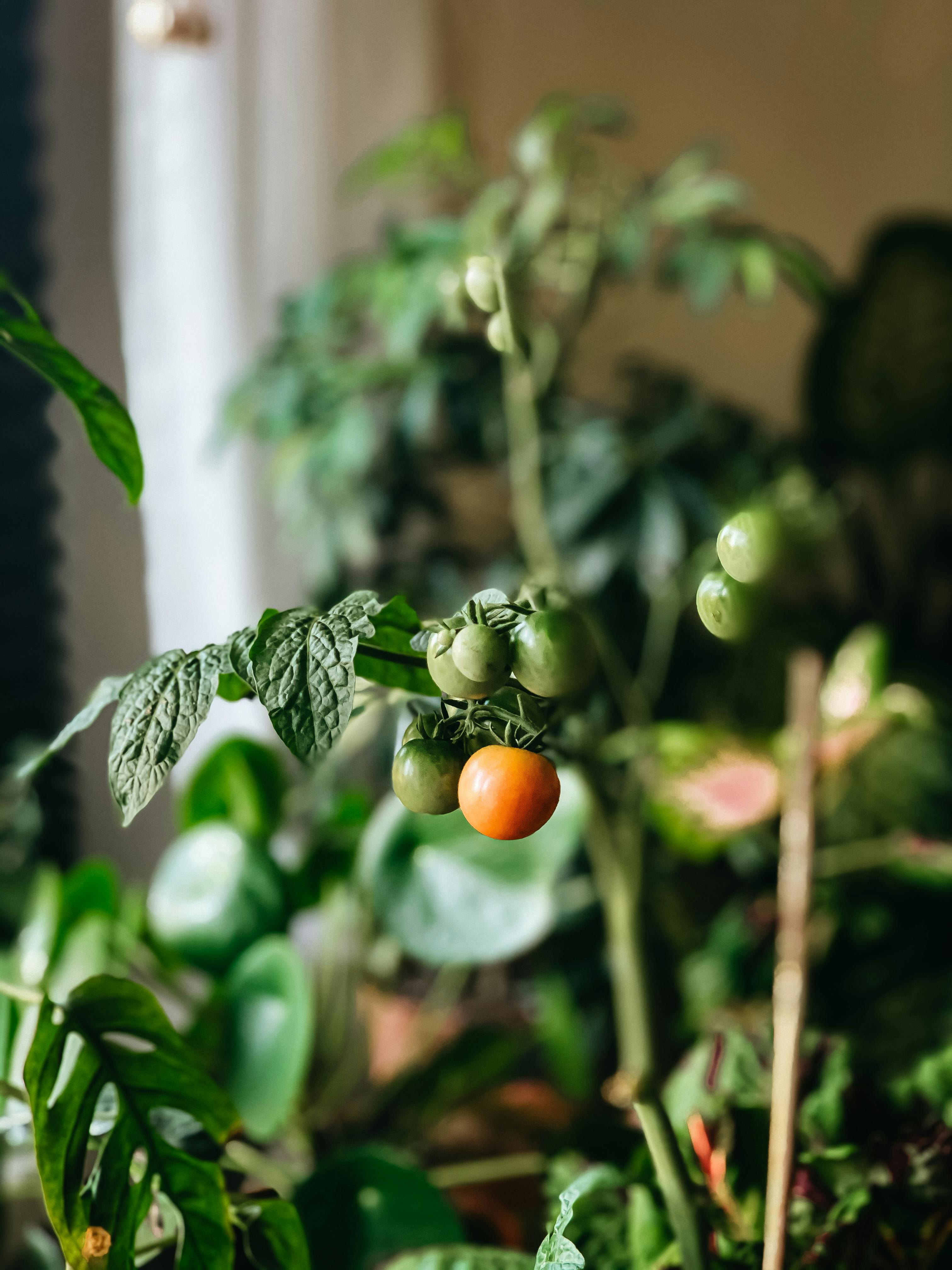Great Combos
- Tomato + Basil for flavour and shared care.
- Chilli + Marigold (tagetes) to pull pollinators and confuse pests.
- Kale + Chives where aphids lurk.
- Carrot + Spring onion to muddle carrot fly with onion scent.
- Strawberry + Thyme for bee traffic and dry-loving partners.
- French beans + Nasturtiums to lure aphids away and give edible flowers.
 Patch & Pot
Patch & Pot
